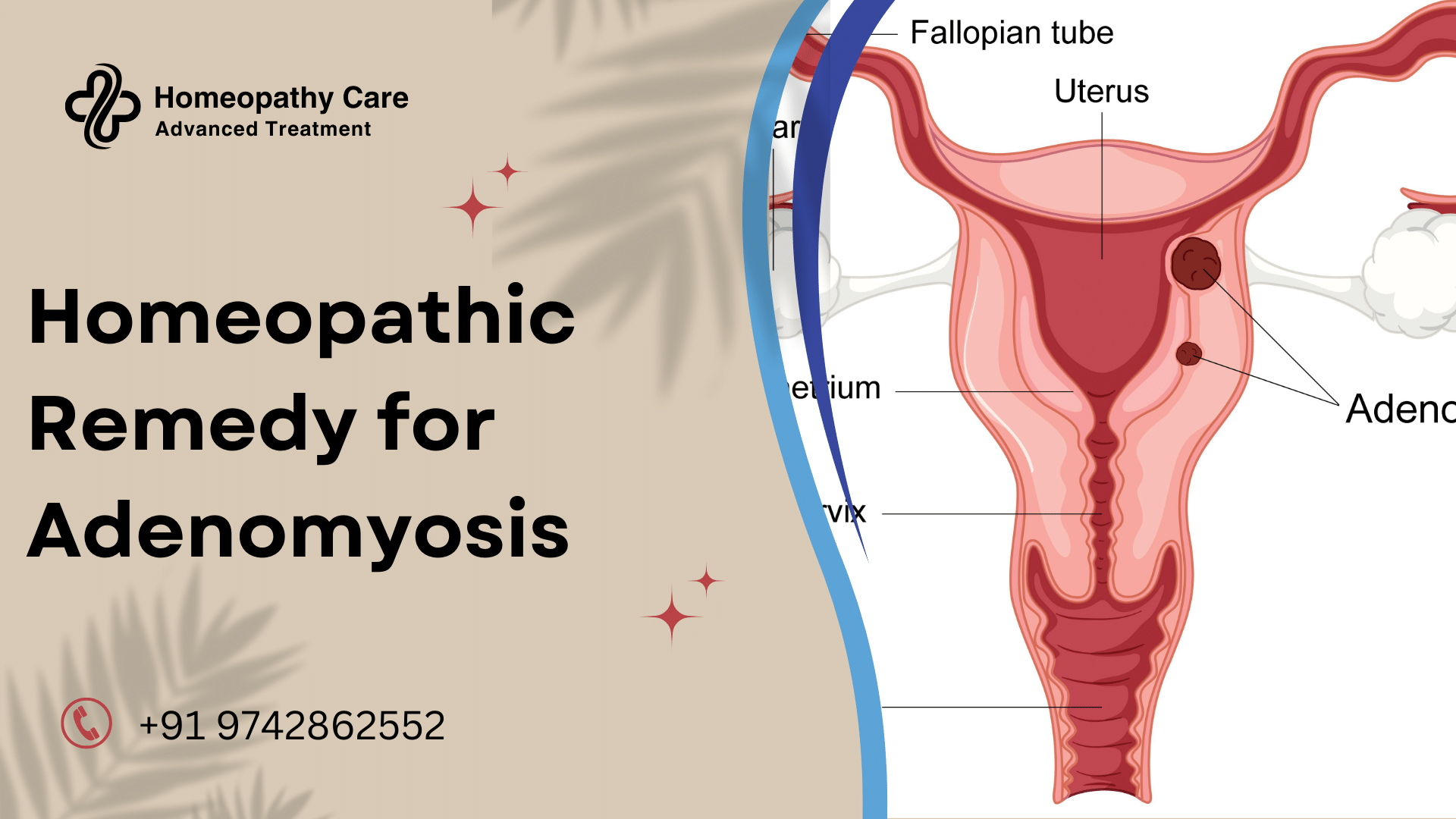Top Homeopathic Remedies for Adenomyosis: Effective Management for Symptoms
Adenomyosis, a condition where endometrial tissue grows into the muscle wall of the uterus, can bring about various distressing symptoms for women. While the exact cause of adenomyosis remains unclear, factors such as a history of surgeries like cesarean section or the removal of fibroids, as well as women in the age group of 40 to 50, are considered at higher risk.
Symptoms of adenomyosis may vary from heavy periods, prolonged menstrual bleeding, severe cramps, bloating, painful intercourse, to spotting between periods. Managing these symptoms effectively is crucial for enhancing the quality of life for affected individuals.
Homeopathy offers a holistic approach to addressing the symptoms of adenomyosis, aiming to alleviate discomfort and improve overall well-being. Here are the top 9 homeopathic remedies recommended by Dr. Priyanka ( MD) for managing adenomyosis symptoms:
- Sabina: Ideal for managing heavy, bright, red menstrual flow with heavy clots. It also helps alleviate accompanying pain and colic.
- Thlaspi: Effective for prolonged menstrual bleeding, especially when accompanied by profuse bleeding with clots and uterine colic.
- Ustilago: Beneficial for managing heavy, dark menstrual flow, often with an offensive odor, and accompanied by extreme pain.
- Trillium Pendulum: Useful for controlling bleeding between periods, characterized by profuse, bright red bleeding that may cause fainting.
- Calcarea Carb: Indicated for early, profuse, and prolonged periods with accompanying symptoms such as nausea, headache, and anemia.
- Colocynthis: Helpful for severe cramps or pain during periods, aggravated by eating or drinking, with relief from bending double or applying pressure.
- Magnesia Phos: Effective for cramping, drawing, shooting, or cutting uterine pain during periods, often relieved by warm applications.
- Viburnum: Recommended for uterine pain radiating down thighs, with profuse bleeding containing large clots and offensive odor.
- Sepia: Considered for painful intercourse and early, copious periods with accompanying pelvic and back pain.
It’s important to note that homeopathic remedies should be chosen based on individual symptoms and constitution under the guidance of a qualified homeopathic practitioner. Additionally, it’s essential to consult with a healthcare provider before starting any new treatment, including homeopathy, especially if you have underlying health conditions or are currently taking medications.
In conclusion, homeopathy offers promising avenues for managing the symptoms of adenomyosis, providing relief and improving the overall quality of life for affected individuals. By addressing the root causes and individual symptoms, homeopathic remedies aim to restore balance and promote holistic well-being.


